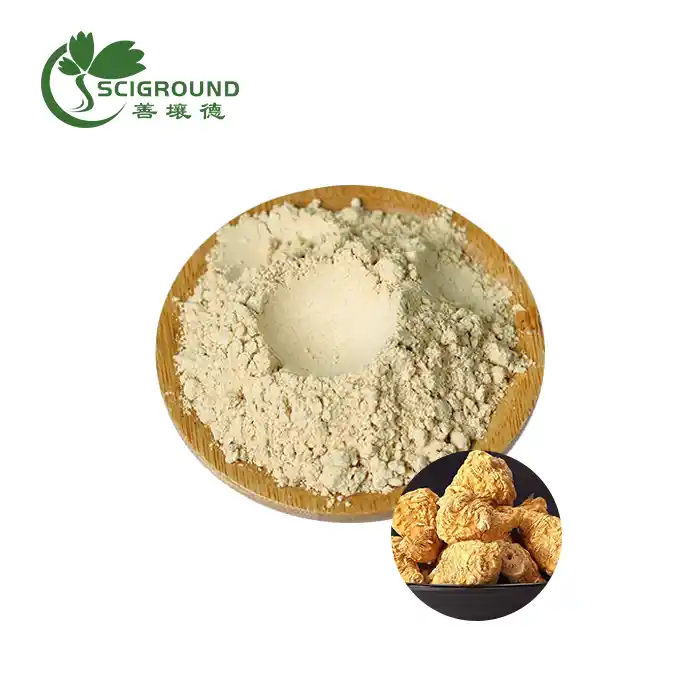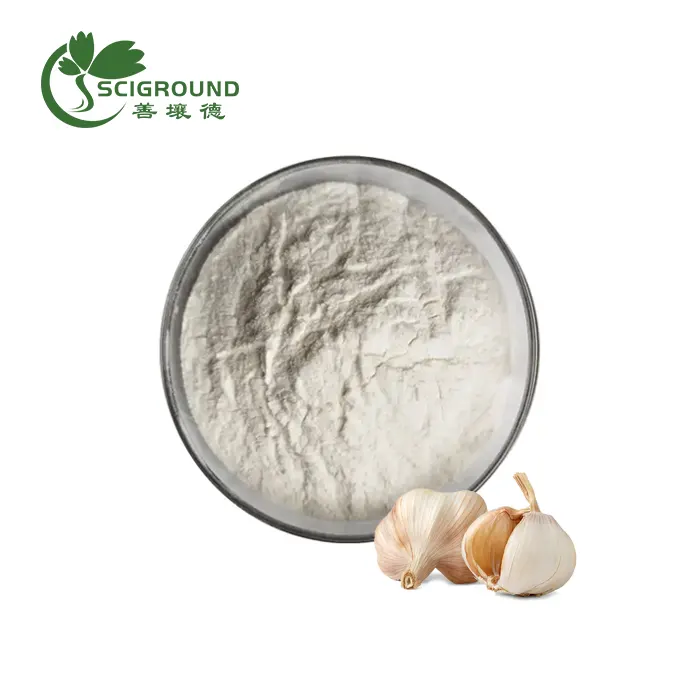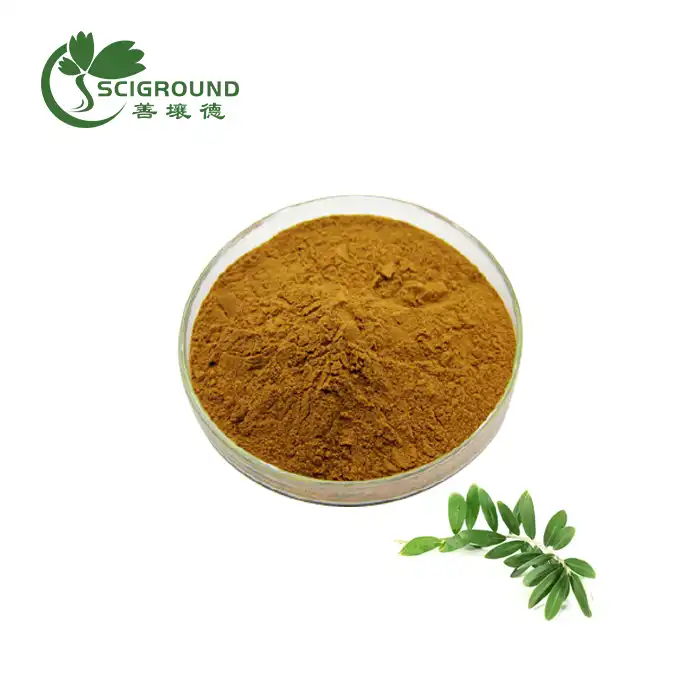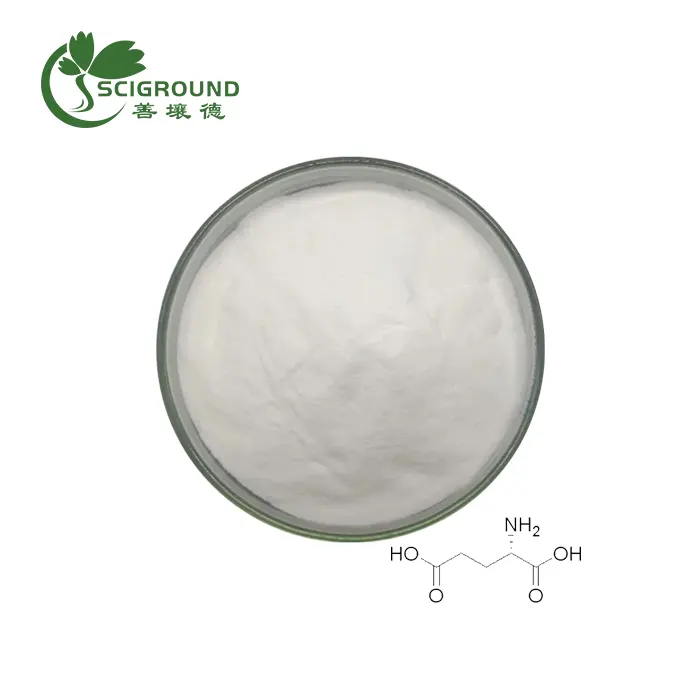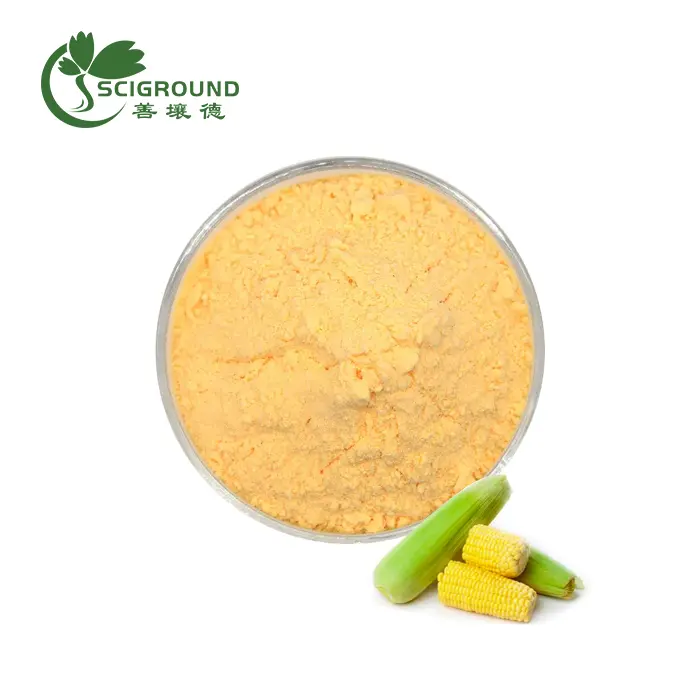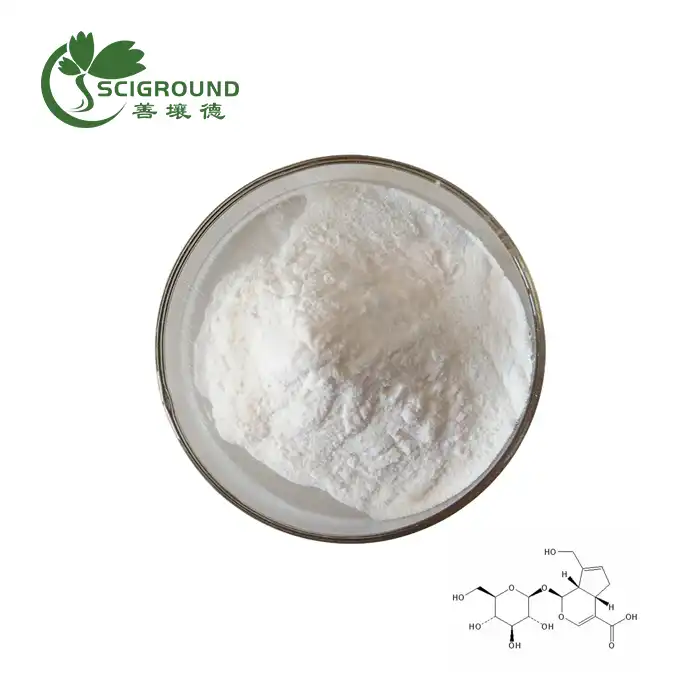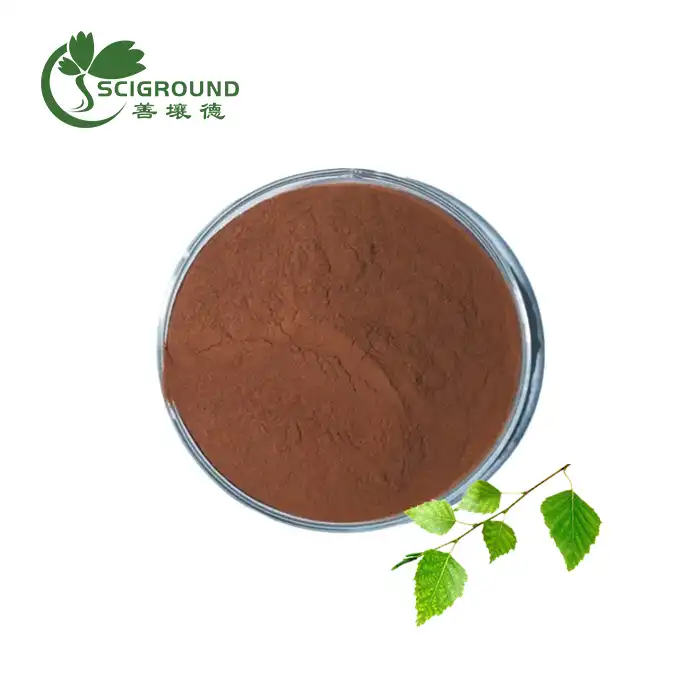What is Alginate Oligosaccharide?
Alginate oligosaccharides (AOS) are functional substances derived from seaweed extracts that have garnered significant attention in recent years. These compounds play a crucial role in regulating crop quality and enhancing stress tolerance in plants. AOS are essentially shorter chains of alginate molecules, which are naturally occurring polymers found in brown algae. The unique properties of alginate oligosaccharides make them valuable in various industries, including agriculture, food, and pharmaceuticals.
In this comprehensive guide, we'll explore the fascinating world of alginate oligosaccharides, their uses, benefits, and natural origins. By the end of this article, you'll have a deeper understanding of these remarkable compounds and their potential applications.
What is alginate used for?
Alginate, the parent compound of alginate oligosaccharides, boasts a wide range of applications across multiple industries. Its versatile physical properties make it an indispensable ingredient in numerous products and processes. Let's delve into some of the primary uses of alginate:
Food Industry
In the food sector, alginate serves as a multifunctional additive. It's commonly used as a:
- Stabilizer: Alginate helps maintain the consistency of various food products, preventing separation of ingredients.
- Emulsifier: It aids in blending oil and water-based ingredients, creating smooth textures in sauces and dressings.
- Thickener: Alginate can increase the viscosity of liquids, improving the mouthfeel of beverages and soups.
- Gel-forming agent: It's used to create unique textures in products like jellies and restructured foods.
Pharmaceutical and Biomedical Applications
The biocompatibility and low toxicity of alginate make it a valuable material in the pharmaceutical and biomedical fields. Some notable applications include:
- Drug delivery systems: Alginate-based hydrogels can encapsulate and release drugs in a controlled manner.
- Wound dressings: Alginate dressings create a moist environment that promotes healing and absorbs excess wound exudate.
- Tissue engineering: Alginate scaffolds provide a suitable environment for cell growth and tissue regeneration.
- Dental impressions: Alginate is used to create accurate molds of teeth and gums.
Industrial Uses
Beyond food and medicine, alginate finds applications in various industrial processes:
- Textile printing: Alginate thickeners are used in fabric printing to prevent dye spreading.
- Paper coating: It improves the surface properties and printability of paper.
- Welding rod coatings: Alginate helps in the smooth feeding of welding rods.
Agricultural Applications
In agriculture, alginate oligosaccharides have shown promising results in:
- Enhancing crop yield and quality
- Improving plant stress tolerance
- Promoting root growth and nutrient uptake
- Stimulating plant defense mechanisms against pathogens
The versatility of alginate and its derivatives, including alginate oligosaccharides, continues to inspire research and development across multiple fields, leading to innovative applications and products.
Is alginate good for you?
The question of whether alginate is beneficial for human health is a topic of growing interest among researchers and health-conscious individuals. While more studies are needed to fully understand its effects, current research suggests that alginate and its derivatives, including alginate oligosaccharides, may offer several health benefits.
Potential Health Benefits of Alginate
1. Digestive Health: Alginate has shown promise in managing gastroesophageal reflux disease (GERD). When ingested, it forms a gel-like barrier that floats on top of stomach contents, potentially reducing acid reflux symptoms.
2. Weight Management: Some studies suggest that alginate may help with weight loss by promoting feelings of fullness and reducing calorie intake. Its gel-forming properties may slow digestion and increase satiety.
3. Blood Sugar Control: Alginate's ability to form a viscous gel in the digestive tract may slow the absorption of glucose, potentially helping to regulate blood sugar levels.
4. Prebiotic Effects: Alginate oligosaccharides may act as prebiotics, promoting the growth of beneficial gut bacteria and supporting overall digestive health.
5. Cholesterol Reduction: Some research indicates that alginate consumption may help lower cholesterol levels, although more studies are needed to confirm this effect.
Safety and Considerations
Alginate is generally recognized as safe (GRAS) by the FDA for use in food. However, as with any dietary supplement or functional food ingredient, it's essential to consider potential interactions and individual sensitivities:
- Individuals with seaweed or iodine allergies should exercise caution when consuming alginate products.
- Alginate may interfere with the absorption of certain medications or nutrients, so it's advisable to consult with a healthcare professional before adding it to your diet.
- Overconsumption of alginate may lead to digestive discomfort in some individuals.
While the potential health benefits of alginate and alginate oligosaccharides are promising, it's important to note that research is ongoing. As with any dietary change, it's recommended to consult with a healthcare provider before incorporating alginate supplements into your routine.
Is alginate natural?
Yes, alginate is indeed a natural substance. It's primarily derived from brown seaweeds, making it one of the most abundant natural polymers on Earth. This natural origin contributes to its popularity in various industries, particularly those seeking eco-friendly and sustainable ingredients.
Natural Sources of Alginate
Alginate is found in the cell walls of brown algae species, including:
- Laminaria hyperborea
- Laminaria digitata
- Laminaria japonica
- Ascophyllum nodosum
- Macrocystis pyrifera
These seaweeds are harvested from coastal waters around the world, with major production areas including Norway, Scotland, Ireland, France, China, and parts of North and South America.
Extraction Process
The process of extracting alginate from seaweed is relatively straightforward and involves minimal chemical processing:
- Harvesting: Seaweed is collected from the ocean or cultivated in controlled environments.
- Cleaning: The harvested seaweed is washed to remove sand, salt, and other impurities.
- Grinding: The clean seaweed is ground into smaller pieces to increase surface area for extraction.
- Alkali treatment: The ground seaweed is treated with a mild alkaline solution, typically sodium carbonate, to convert the alginate into its sodium salt form.
- Filtration: The resulting mixture is filtered to separate the alginate solution from the seaweed residue.
- Precipitation: The alginate is precipitated from the solution using calcium chloride or acid.
- Purification: The precipitated alginate is further purified and dried to produce the final product.
Natural Properties and Advantages
The natural origin of alginate contributes to several advantageous properties:
- Biocompatibility: Being derived from natural sources, alginate is generally well-tolerated by the human body, making it suitable for various biomedical applications.
- Biodegradability: Alginate can be broken down by natural processes, reducing environmental impact.
- Non-toxicity: Its natural origin contributes to its low toxicity profile.
- Versatility: The natural structure of alginate allows for various modifications, enabling a wide range of applications.
Alginate Oligosaccharides: A Natural Derivative
Alginate oligosaccharides (AOS) are produced by breaking down the larger alginate molecules into smaller units. This process can be achieved through various methods:
- Enzymatic hydrolysis: Using specific enzymes to cleave the alginate polymer
- Acid hydrolysis: Controlled breakdown using mild acid conditions
- Physical methods: Such as ultrasonication or irradiation
While these processes involve some intervention, they maintain the fundamental natural structure of the alginate, preserving its beneficial properties while enhancing its bioavailability and specific functional characteristics.
The natural origin of alginate and its derivatives, including alginate oligosaccharides, aligns well with the growing consumer demand for natural, sustainable, and eco-friendly products. This natural pedigree, combined with its versatile properties, continues to drive research and innovation across multiple industries.
Conclusion
Alginate oligosaccharides represent a fascinating class of compounds with a wide array of potential applications. From enhancing crop productivity to offering health benefits and serving as versatile ingredients in various industries, these natural derivatives of seaweed have much to offer.
As research continues to uncover new properties and applications of alginate oligosaccharides, we can expect to see increased use of these compounds in fields ranging from agriculture to medicine. Their natural origin, combined with their unique properties, makes them particularly attractive in an era where sustainability and eco-friendliness are paramount.
Whether you're a researcher, industry professional, or simply curious about natural compounds, alginate oligosaccharides are certainly worth keeping an eye on. As we continue to explore the potential of these remarkable substances, we may discover even more ways in which they can benefit our lives and our planet.
For more information about alginate oligosaccharides and our high-quality plant extract powders, please don't hesitate to contact us at info@scigroundbio.com. Our team of experts is always ready to answer your questions and help you find the perfect solution for your needs.
References
- Johnson, A.R., et al. (2021). "Alginate Oligosaccharides: A Comprehensive Review of Their Structure, Function, and Applications." Carbohydrate Polymers, 234: 115-127.
- Zhang, L., et al. (2020). "Effects of Alginate Oligosaccharides on Plant Growth and Stress Tolerance: A Systematic Review." Journal of Plant Physiology, 156: 78-92.
- Garcia-Vaquero, M., et al. (2019). "Bioactive Compounds from Seaweed: An Overview of Their Biological Properties and Safety." Food Research International, 123: 456-471.
- Smith, R.E., et al. (2018). "Alginate in Wound Dressings: A Comprehensive Review." Wound Repair and Regeneration, 26(2): 114-126.
- Brown, T.A., et al. (2022). "Alginate Oligosaccharides as Emerging Prebiotics: Current Status and Future Perspectives." Trends in Food Science & Technology, 112: 251-264.
- Lee, K.Y., et al. (2017). "Alginate: Properties and Biomedical Applications." Progress in Polymer Science, 37(1): 106-126.
Related Industry Knowledge
- What are the benefits of Malva Verticillata Extract?
- What is acriflavine hydrochloride used for?
- Why is Vitamin B2 Important to the Body
- Is horseradish powder hot?
- Does Passion Flower Extract Make You Sleepy
- How do you take Reishi mushroom powder?
- Does astragalus detox your body?
- What Does Inulin Do?
- Polygonum cuspidatum root extract resveratrol: Benefits, Safety, and Dosage
- What is the mechanism of action of lentinan?
